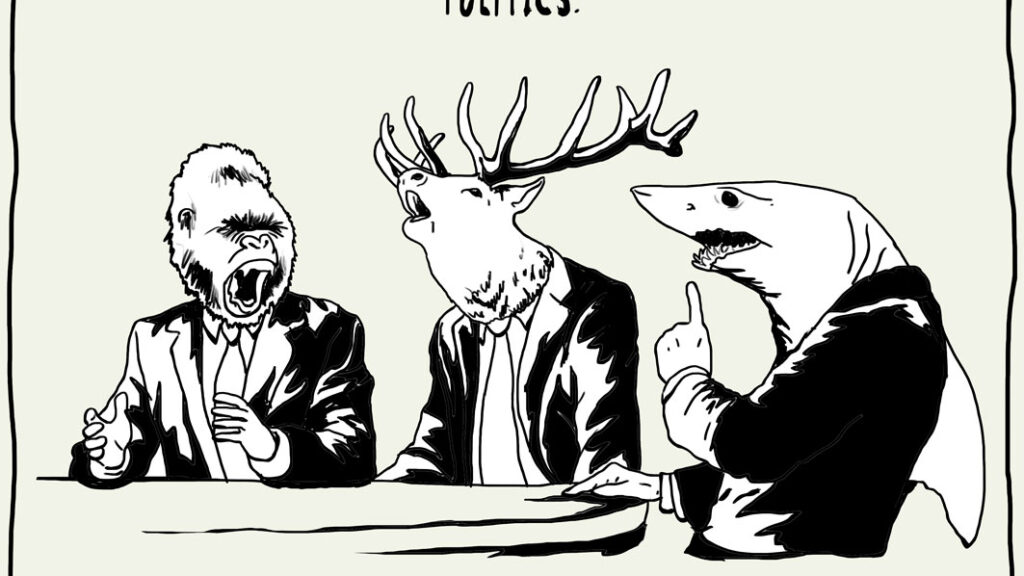“The calmer and quieter you breathe, the larger your blood vessels open, enabling better circulation and distribution of oxygen throughout the body, including the brain. Oxygenate the brain—breathe less.”
– Patrick McKeown, author of The Oxygen Advantage
In 2018, two years after I’d taken my last antidepressant, I found myself still struggling to remain steady in an unmedicated world. After fifteen years of relying on antidepressants and anti-anxiety drugs to do all the coping work for me, I didn’t have any sense of how to self-regulate my emotions or nervous system.
Around this same time, an acquaintance of mine, Taylor Somerville, became certified as an XPT Coach. Built on the researched-backed principles of managing stress response and wellbeing through breathwork, movement, and recovery, I went down the XPT rabbit hole and decided to get certified myself. Using Symmetry as a blueprint, my intention was to eventually use the XPT principles in my work with clients in antidepressant withdrawal.
Like most things in life, my plan strayed from reality. The majority of XPT’s methodology wasn’t a great fit for people in active withdrawal, but it was a perfect fit for where I was in my recovery. While Taylor went on to build Symmetry, a business dedicated to helping people regulate stress through breathwork and exposure therapy, I decided not to follow in his footsteps and instead, learn from him.
Two to three times per week, I pop into Taylor’s 45-minute, virtual breathwork sessions. Designed to combat dysfunctional breathing patterns and lower stress response, these sessions act as internal barometers, providing me with immediate feedback on my mental and emotional state.
You might be asking yourself, “How are breathing and stress connected? Doesn’t my body naturally know how to breathe?”
Take a look at this chart:

Carbon dioxide (CO2) is the metabolic stress messenger in the body. Suffocation, for example, occurs when oxygen levels go down and carbon dioxide levels rise to lethal levels. Although the body can survive without air for 4-6 minutes, most people will panic within the first 30 seconds due to increasing CO2 levels that create uncomfortable sensations throughout the body. These sensations release stress hormones into the body which increase heart rate, constrict blood vessels, and create a flustered state. Assuming we are not actually suffocating, all of this makes for a continual, negative feedback loop. Sustained over time, our CO2 tolerance goes down and our body remains in a constant stressed and anxious state.
The good news is that breathing is the only system in our body that acts on both a conscious and unconscious level. Because we have control over it, we have the power to change the level of oxygen and carbon dioxide in our blood. That’s where intentional breathwork comes in. By learning to manipulate our breathing, we can reverse dysfunctional breathing patterns and increase our tolerance to CO2, which leads to a lowered stress response.
I’m sharing all this with you today because Taylor is opening his virtual breathwork sessions up to a larger audience, and I figured someone out there in Happiness Is A Skill land needs to hear about it.
Come join me! Hit this link to sign up!
Coming September 6, 2022
May Cause Side Effects
Brooke’s memoir is now available for preorder wherever books are sold.
This is a heart-rending and tender memoir that will start conversations we urgently need to have. It’s moving and important.
Johann Hari, author of New York Times bestseller Chasing the Scream and international bestseller Lost Connections: Uncovering the Real Causes of Depression—and the Unexpected Solutions
More articles from the blog
see all articles
October 28, 2022


